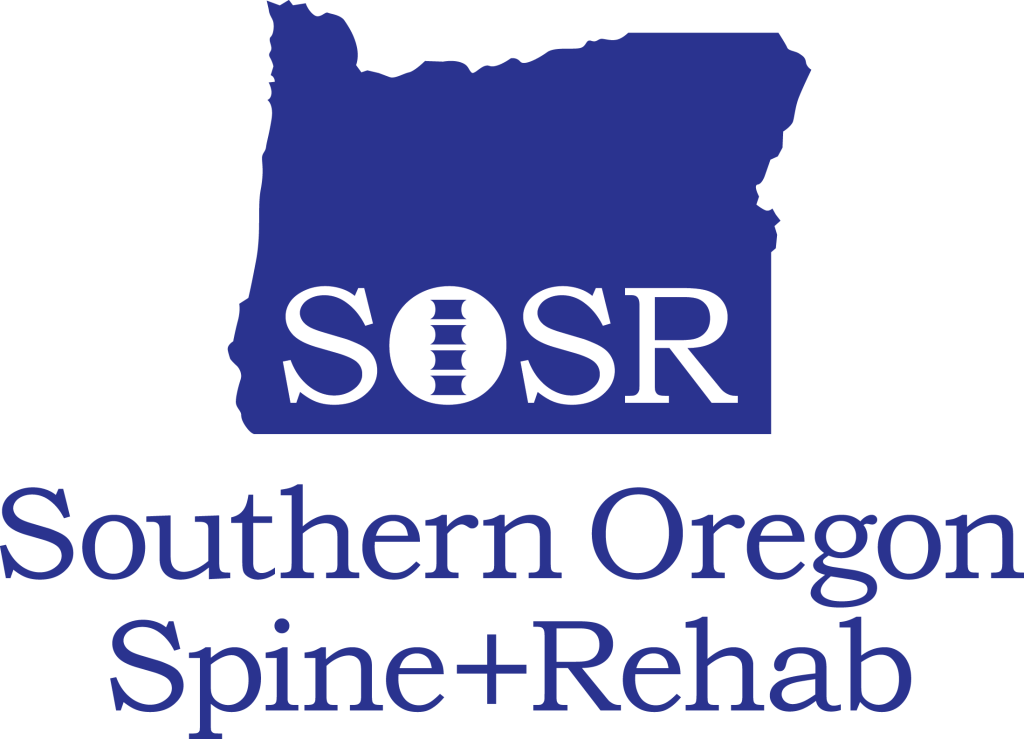|
||||||||
|

Blog Updates
August 2025: Avoid Injury When Using Weighted Vests During Exercise

Location
Southern Oregon Spine + Rehab
1800 E Pine St
Central Point, OR 97502
Hours
Monday 8:30AM – 5:30PM
Tuesday 8:30AM – 5:30PM
Wednesday 8:30AM – 12:00PM
Thursday 8:30AM – 5:30PM
Friday 8:30AM – 5:30PM
© 2026 .


